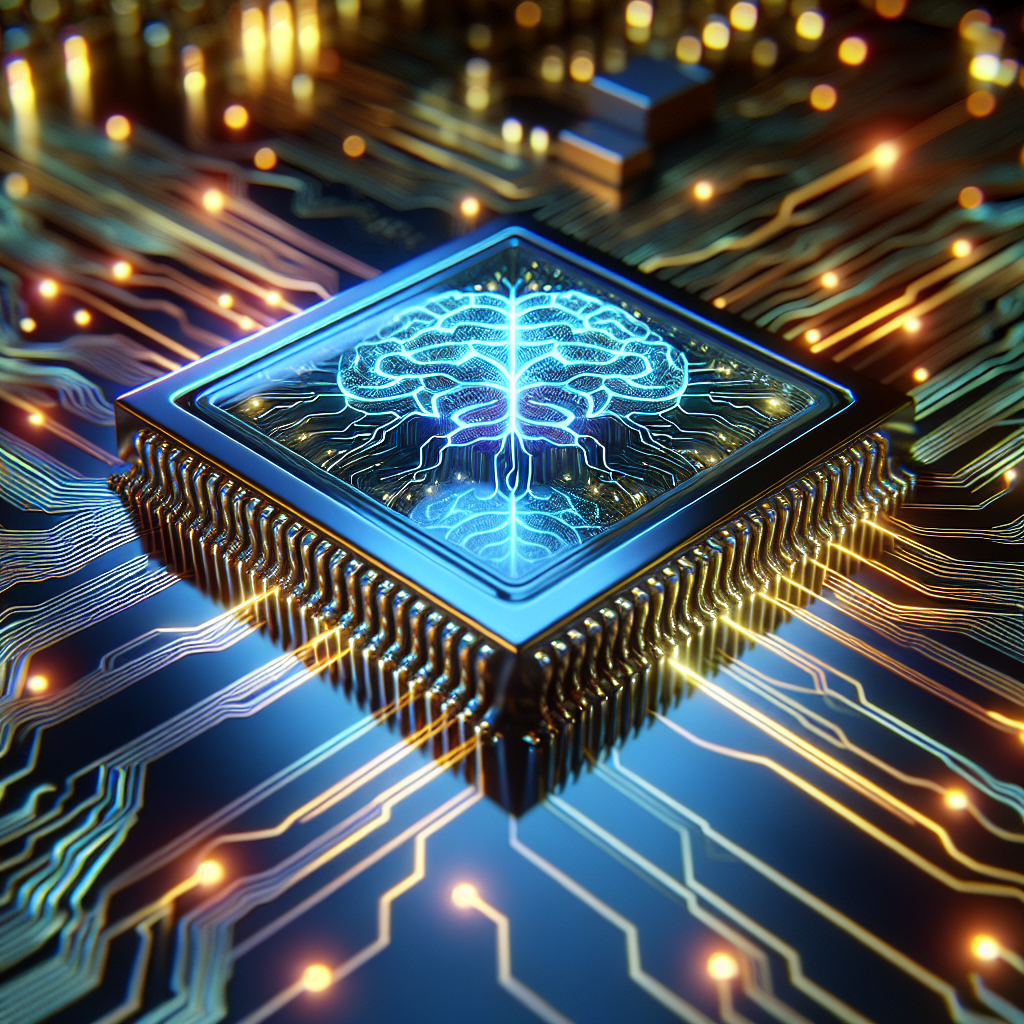The rapid progression of artificial intelligence (AI) across various sectors is predominantly driven by one core component: semiconductor chips. These chips, often referred to as the brains within any electronic device, are crucial in processing the complex algorithms that AI systems utilize to learn and function. This article delves into the intricacies of the chips powering the AI boom, exploring their types, capabilities, and the challenges they face.
Understanding the Role of Semiconductor Chips in AI
Semiconductor chips, particularly GPUs (Graphics Processing Units) and specialized AI accelerators, have become foundational to advancing AI technologies. GPUs, originally designed to handle computer graphics and image processing, have architectures that allow efficient handling of multiple tasks simultaneously, making them ideal for the parallel processing requirements of AI algorithms.
In addition to GPUs, AI accelerators specifically designed to optimize AI workloads are becoming increasingly prevalent. These chips are tailored to accelerate neural network performance, dramatically speeding up the learning and decision-making capabilities of AI systems. Companies like NVIDIA and Intel are at the forefront, continuously evolving their semiconductor solutions to handle more complex AI tasks more efficiently.
Key Features of AI-Powered Chips
The chips powering the AI boom are distinguished by several key features:
- Parallel Processing Capabilities: AI chips are capable of handling multiple operations simultaneously, which is crucial for processing AI algorithms quickly and efficiently.
- Energy Efficiency: As AI processes consume a substantial amount of power, the chips are designed to be as energy-efficient as possible to minimize operational costs and environmental impact.
- High Speed: Speed is critical in AI applications, and these chips are designed to process tasks at exceptional speeds, reducing latency and improving real-time processing capabilities.
- Scalability: With AI applications growing in complexity, the scalability of AI chips allows for the integration into larger systems, supporting more sophisticated AI functionalities.
Challenges Facing AI Chip Development
Despite their advancements, the development of the chips powering the AI boom faces significant challenges:
- Technical Complexity: Designing chips that are both powerful enough to handle advanced AI tasks and energy-efficient is a complex challenge that requires continuous innovation and investment.
- Heat Dissipation: High-performance AI chips generate a lot of heat, and managing this heat to prevent damage and maintain performance is a critical engineering challenge.
- Supply Chain Issues: The global semiconductor industry has faced supply chain disruptions, significantly impacting the production and deployment of AI chips.
- Cost: The high cost of developing and manufacturing advanced AI chips can be a barrier to entry for smaller companies and startups.
The Future of AI Chip Technology
The future of AI chip technology looks promising, with ongoing research aimed at overcoming current limitations and expanding capabilities. Quantum computing, for instance, offers potential breakthroughs in processing power and speed, which could revolutionize how AI systems operate.
Innovations in semiconductor materials and architecture, such as the use of silicon carbide or gallium nitride, might allow for even more efficient power management and faster processing speeds, pushing the boundaries of what AI can achieve.
As AI continues to evolve, the demand for more advanced, efficient, and capable AI chips will only grow, driving further innovations in this exciting field.
In summary, the chips powering the AI boom are not just supporting current AI capabilities but are also setting the stage for the next generation of AI advancements. As technology progresses, these chips will undoubtedly play a pivotal role in shaping the future of AI.


